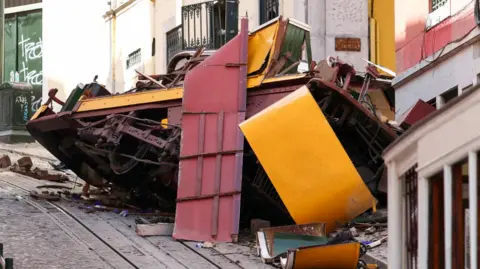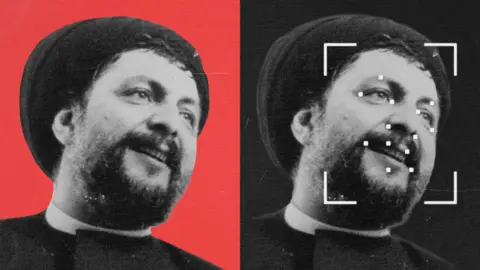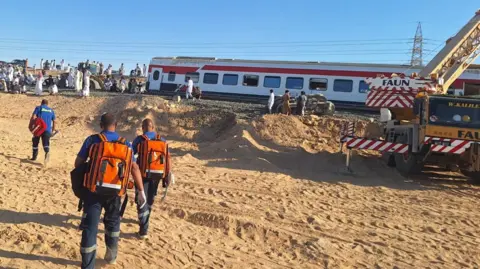The investigation led by India’s Aircraft Accident Investigation Bureau has reported that both engines of the Boeing 787 Dreamliner experienced fuel cutoff seconds after departure from Sardar Vallabhbhai Patel International Airport in Ahmedabad. This disturbing revelation raises serious questions about pilot actions during the flight and helps to eliminate mechanical failure as a cause. The cockpit voice recorder capture illustrates confusion between the pilots, with one asking the other about the fuel cutoff, to which the response indicated it was not an intentional action.
The tragic accident, which occurred on June 12, resulted in the loss of 241 out of 242 people on board when the aircraft crashed into a medical college’s dining facility, igniting a catastrophic fire that claimed additional lives on the ground. This incident marks India’s deadliest aviation disaster since 1996. The flight was led by Capt. Sumeet Sabharwal, with an extensive flight experience surpassing 10,000 hours, and First Officer Clive Kunder, who brought 3,400 hours of experience to the cockpit.
The investigation casts a shadow over the safety reliability of the aircraft, prompting scrutiny of established protocols within the aviation industry while formal recommendations have, so far, not been issued for aircraft or engine manufacturers involved in the incident. As the investigation unfolds, the primary focus now shifts towards ensuring such tragedies do not happen again in the future.
The tragic accident, which occurred on June 12, resulted in the loss of 241 out of 242 people on board when the aircraft crashed into a medical college’s dining facility, igniting a catastrophic fire that claimed additional lives on the ground. This incident marks India’s deadliest aviation disaster since 1996. The flight was led by Capt. Sumeet Sabharwal, with an extensive flight experience surpassing 10,000 hours, and First Officer Clive Kunder, who brought 3,400 hours of experience to the cockpit.
The investigation casts a shadow over the safety reliability of the aircraft, prompting scrutiny of established protocols within the aviation industry while formal recommendations have, so far, not been issued for aircraft or engine manufacturers involved in the incident. As the investigation unfolds, the primary focus now shifts towards ensuring such tragedies do not happen again in the future.





















